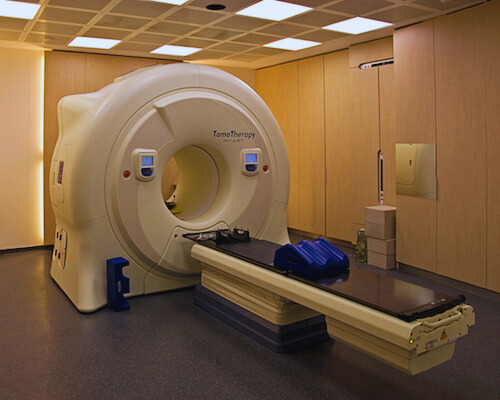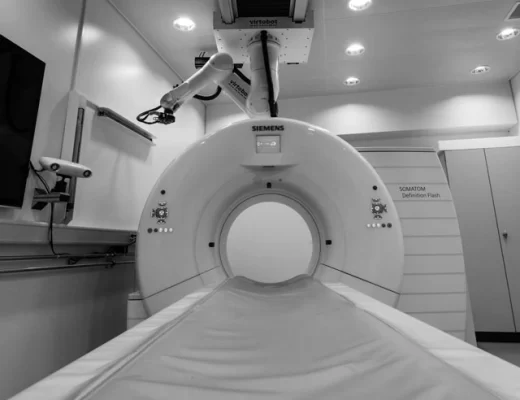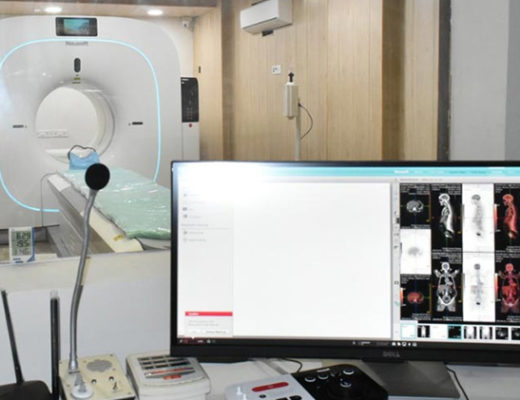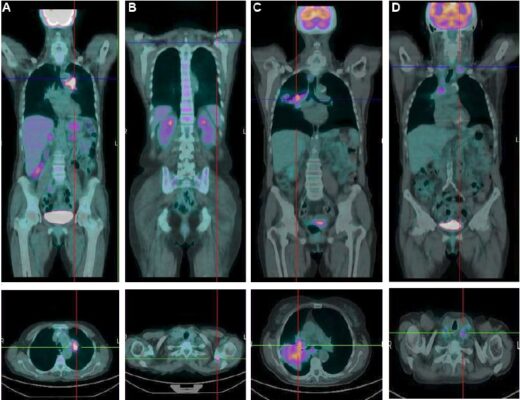PET scans, or positron emission tomography scans, have become a powerful tool in modern medicine. They offer a unique window into the body’s functioning, aiding in diagnosing and managing various health conditions. However, with any medical procedure, it’s natural to have questions about potential risks. So, are there any hazards involved with doing a PET CT scan?
Demystifying PET Scans: Benefits and Considerations
PET scans utilize radiopharmaceuticals – specially designed radioactive materials injected into the bloodstream. These radiopharmaceuticals accumulate in specific organs or tissues based on their metabolic activity. The PET scanner then detects the emitted gamma rays, creating an image that reveals areas of increased or decreased metabolic activity. This functional information proves invaluable for diagnosing various conditions, including cancer, heart disease, and neurological disorders.
Understanding the Potential Risks of PET Scan
While PET scans offer significant benefits, it’s important to understand the potential risks involved:
- Radiation Exposure:
PET scans involve exposure to ionizing radiation, which carries a small risk of developing cancer later in life. However, the radiation dose used in PET scans is generally considered low compared to other imaging techniques like CT scans. Additionally, advancements in scanner technology are constantly working to minimize radiation exposure while maintaining image quality.
- Quantifying the Risk:
A PET scan poses an extremely low risk of acquiring cancer. Estimates suggest the lifetime risk of cancer from a single PET scan is around 1 in 2,000. This danger must be balanced against the potential benefits of the scan, particularly in terms of early discovery and treatment of a serious ailment.
-
Minimizing Radiation Exposure:
Several approaches can be taken to minimize radiation exposure during a PET scan. These include using the lowest effective dose of the radiopharmaceutical, optimizing scan protocols, and utilizing newer scanner technologies that require lower radiation doses.
- Allergic Reactions:
Although rare, allergic reactions to the radiopharmaceuticals used in PET scans can occur. Itching, hives, and difficulty breathing are possible symptoms.In severe situations, anaphylaxis, a potentially fatal allergic reaction, can develop. It’s important to inform your doctor about any allergies you may have before undergoing a PET scan.
- Screening for Allergies:
In some cases, your doctor may recommend a pre-scan allergy screening test to minimize the risk of a severe reaction.
- Considerations for Pregnancy and Breastfeeding:
Pregnant women and breastfeeding mothers should generally avoid PET scans due to the potential risk of radiation exposure to the fetus or infant. If a PET scan (positron emission tomography) is deemed absolutely necessary, your doctor will carefully weigh the risks and benefits specific to your situation.
- Alternative Imaging Options:
For pregnant or breastfeeding women, alternative imaging techniques that do not involve radiation exposure, such as ultrasound or MRI scans, might be explored if possible.
Beyond the Risks: Additional Considerations
There are a few additional factors to consider when discussing PET scans and safety:
- Anxiety and Claustrophobia:
The PET scan machine can be quite narrow, which might cause anxiety or claustrophobia in some individuals. If you have concerns about this, discuss relaxation techniques or sedation options with your doctor beforehand.
- Cost:
PET scans can be expensive, and insurance coverage can vary. It’s important to discuss the cost with your doctor and insurance provider before undergoing the scan.
- Comparison with PET CT Scans:
While this blog has focused on PET scans, it’s important to note that PET scans are often combined with CT scans to create a PET CT scan. A CT scan uses X-rays to create detailed anatomical images. Combining PET and CT scans provides a more comprehensive picture, but it also involves additional radiation exposure from the CT scan portion.
Conclusion
PET scans offer a valuable tool for diagnosing and managing various health conditions. PET scans are typically thought to pose negligible dangers, particularly radiation exposure. However, it’s important to be aware of them and discuss any concerns you may have with your doctor. By understanding the benefits and potential risks, you can make an informed decision about whether a PET scan is right for you. Remember, open communication with your doctor is key to ensuring a safe and effective diagnostic experience.For more informative blogs, stay updated with- RNM Center




